The Art of Dying
By Andrew Holecek
The Three Bardos
The Tibetan conception of death involves a passage through three bardo states. The first is the “painful bardo of dying,” which begins with a condition that will end in death. It’s called “painful” because it hurts to let go. This process is analogous to that of falling asleep, which generally isn’t painful because it’s easy to let go at the end of each day. For someone well versed in bardo yoga, that same ease is applied at the end of each life. They go easy into that good night because their view allows them to see that they’ll wake up into the next good “day.”
At the end of the process of dying, the clear-light mind is laid bare. This is analogous to the moment of dropping into deep dreamless sleep, and it marks the end of the bardo of dying and the beginning of a state called the “luminous bardo of dharmata.” Dharmata means “suchness,” “isness,” and is virtually synonymous with the clear-light mind (as suggested by this bardo being “luminous”). Most people black out at the moment of death and do not recognize their clear-light mind (just as happens with dreamless sleep). This bardo therefore lasts for “the time it takes to snap your fingers.” This is the bardo that we’re going to focus on during the program, Death and the Art of Dying: Deep Dive into the Luminous Bardo.
The dead person’s awareness then stirs, takes on a mental body, and moves from the clear-light mind (dharmata) into the “karmic bardo of becoming,” which is analogous to dreams arising from dreamless sleep. This third bardo lasts about forty-nine days, where the mental body (like the body in a dream) is buffeted around by the winds of karma (habitual pattern), just like when we’re tossed around by non-lucid dreams. At the end of this bardo, the dead person’s consciousness finally grasps on to a form and takes birth as that form. This marks the end of the bardo of becoming (you’ve finally become somebody), and the beginning of the bardo of this life. It’s analogous to waking up in the morning and entering your day. The study and practices of these three bardos constitutes the essence of bardo yoga. Bardo practices are those that help you recognize these bardo states of mind now—just as the nighttime yogas do.
The Measure of the Path
Dream yoga prepares you for the bardo of dying and the bardo of becoming. Sleep yoga prepares you for the bardo of dharmata. In the bardo teachings it is said that every night is a pop quiz that assesses your readiness, and also helps you prepare, for the final exam. Just like most of us do not recognize dreamless sleep or dreams (we’re non-lucid to both), most of us will not recognize any of the death bardos. We will wake up after death into our next life, just like we wake up into our next day, non-lucid to what happened the “night” before. This is yet another instance of dream yoga as “the measure of the path.”
When we come to recognize dreams as dreams, we’ll recognize the bardo of becoming as the bardo of becoming. Then instead of being blown around involuntarily after death, we become lucid and take control over the post-death experience. Just like in a lucid dream, there may be limited control over the bardo content, but endless options for controlling how we relate to that content. In other words, we can have the power of choice, which can ultimately lead to choosing our next form, the next “scene” we wish to inhabit.
At an even more advanced level, someone who recognizes dreamless sleep will also recognize the bardo of dharmata. For that person, there is no bardo of becoming—no more “dreams” of any sort. If they (the issue of identity here is complex, “they” at this point refers to the clear-light mind or formless awareness) do dream, or take on form, they do so lucidly, and therefore voluntarily. They can “come back” in any form whatsoever, with complete freedom of choice, to help others wake up to the freedom they literally embody. Without this lucidity and control, the rest of us reincarnate (re-form) involuntarily due to the force of habit, and will continue to do so ad infinitum until we become lucid to the process and take control. This control, of course, is nothing more than control over our own mind, just as the journey through the bardos is nothing more than a journey into our own mind.
Once again, dream yoga isn’t fundamentally about controlling your dreams. It’s about controlling your mind. There’s a popular saying in Tibet, “Based on my experience last night, I can infer I’m going to have a hard time in the bardos tomorrow.” This could be said by someone who has not prepared for the test. But for someone who has prepared, they can infer that they’ll have a good time in the bardos tomorrow. Instead of dreading the final exam, they look forward to passing it with flying colors. Instead of stressing out about death, they can relax, which is the core instruction for life and death.
The threefold pattern we see in the bardo teachings, says Lakar Rinpoche, “does not only unfold in the process of dying and death: It is unfolding now, at this moment, at every moment, within our mind.” This, he says, “is a truly revolutionary insight, one which, when it is understood, changes our view of everything.”
And, of course, that pattern also unfolds each and every night. Everything unfolds within our mind. Waking, dreaming, sleeping, and dying are all voyages of the mind.
Join Andrew this August!
About Andrew Holecek
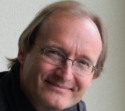
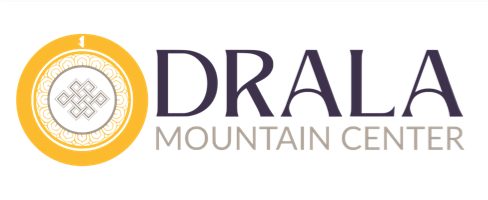
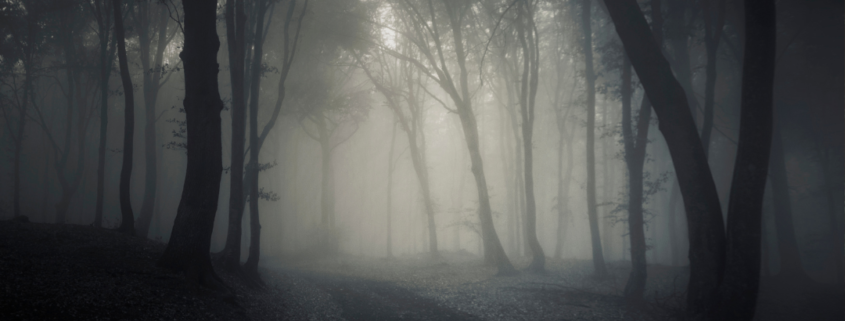
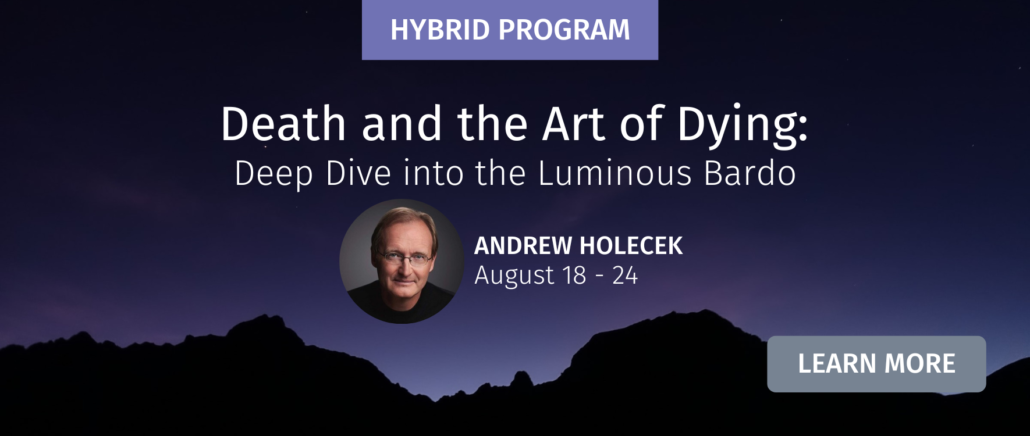
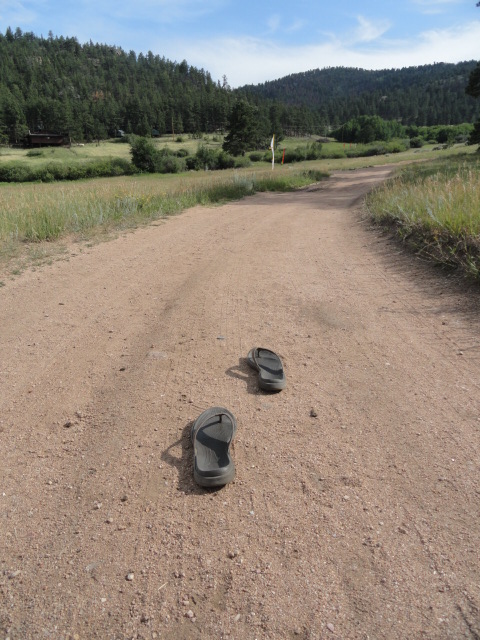
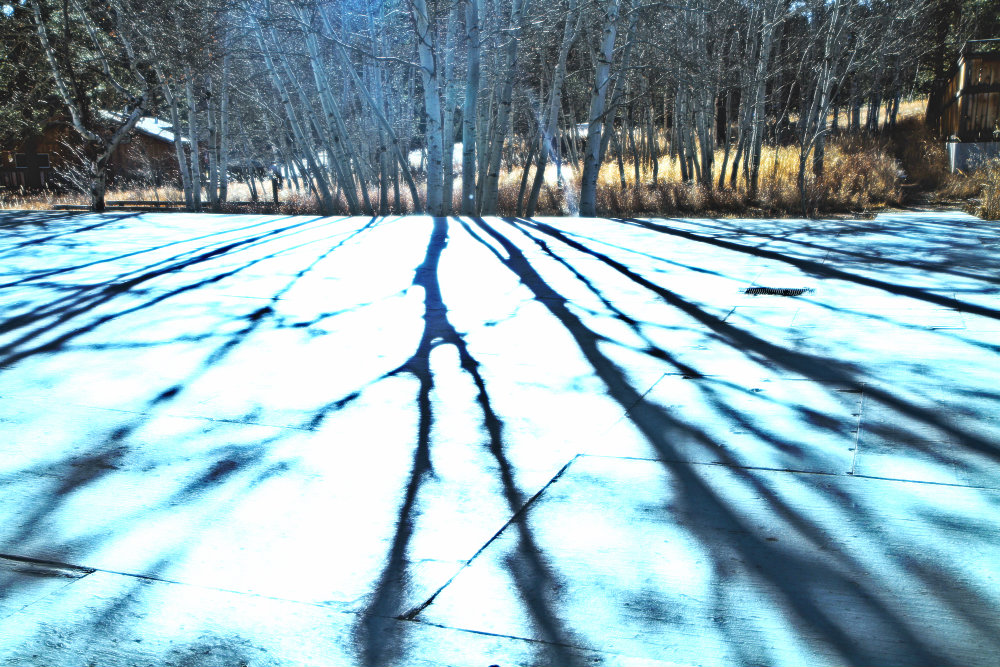
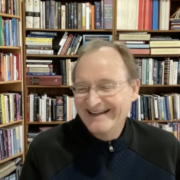
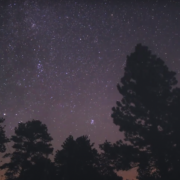
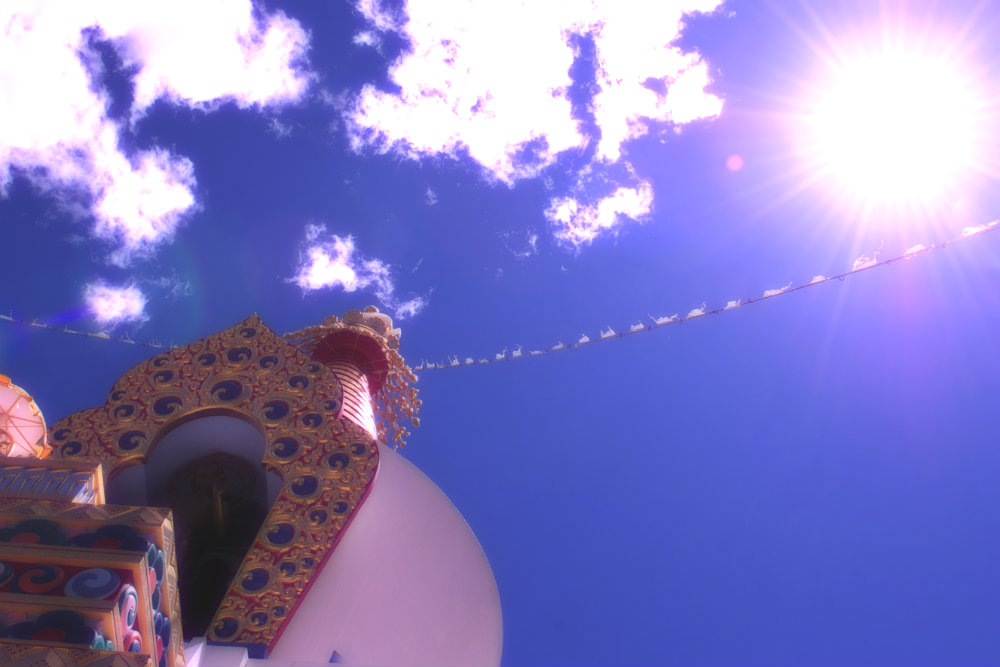
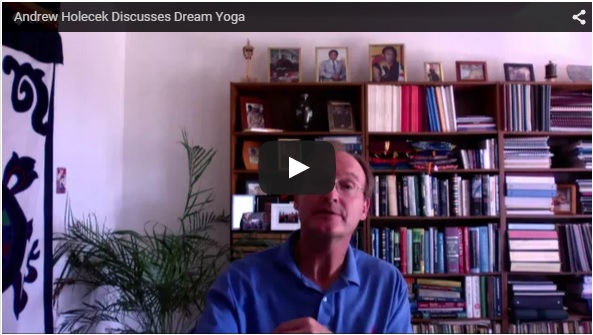

My husband follows Andrew and is part of the group courses and discussions. I am just learning about the bardo and find it fascinating. I will pursue learning more about this bardo. Thank you.